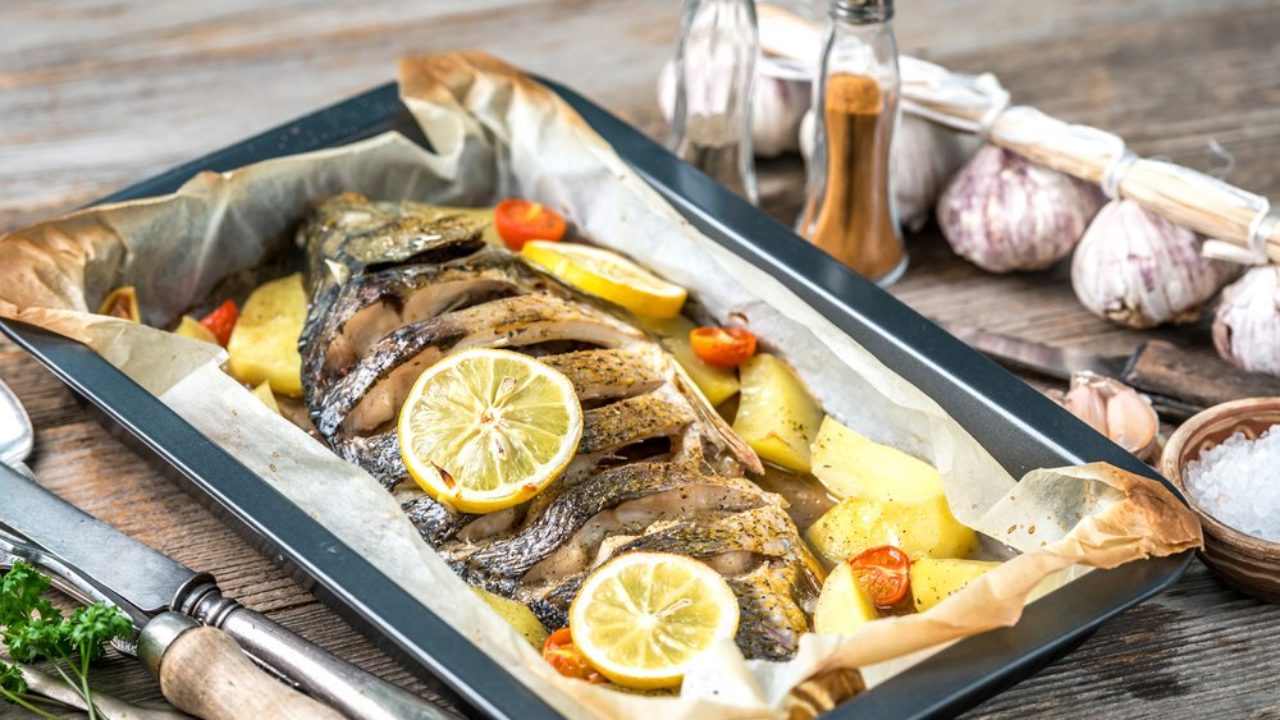
The journey of learning how to cook pike fish fillets can be an exciting voyage through a sea of flavors and culinary techniques. Pike fish, renowned for its firm texture and distinct flavor, offers an ideal canvas for both novice and experienced home chefs striving for a culinary masterpiece. In this extensive guide, we will explore every step from preparation to grilling - ensuring every fillet turns out perfectly.

Introduction to Cooking Pike Fish Fillets
Starting with an understanding of the ingredient is key. Pike fillets have a robust, lean meat that can be quite tricky to cook if not handled correctly. Its subtly sweet, white flesh requires precise cooking techniques to unlock its full potential. This guide will break down everything you need to know about pike, including its nutritional benefits and tips for selecting the freshest fillets in your local market.

Things You Need to Know Before You Start
Before diving into the actual cooking process, let's gather some important insights. Pike is often found in freshwater lakes and rivers and is a popular choice for grilling due to its moderate fat content, which helps to keep the fish moist during cooking. Knowing how to properly clean and debone pike is crucial, as it has a significant number of small bones. This section will cover the basic anatomy of the pike and highlight the critical steps for cleaning and deboning, ensuring your final dish is bone-free and enjoyable.
Essential Ingredients and Tools
To achieve the best results when learning how to cook pike fish fillets, having the right set of ingredients and tools is essential. Here's a list of what you'll need:
- Fresh pike fish fillets
- Olive oil
- Lemon juice
- Garlic cloves
- Fresh dill
- Salt and pepper
- A sharp chef knife
- A sturdy cutting board
- Fish griddle

Step-by-Step Guide to Cooking Pike Fish Fillets
Preparation
Before you begin grilling, it's essential to prepare your fish properly. Start by patting the fillets dry with a paper towel to remove excess moisture. This helps achieve a beautiful sear and prevents sticking. Next, season the fillets with salt and pepper to enhance their natural flavor. For an extra layer of aroma and taste, rub the fillets with minced garlic and a drizzle of olive oil.
Marination
Marinating pike fish fillets can significantly boost their flavor. A simple marinade made with olive oil, lemon juice, minced garlic, and fresh dill can bring out the best in your pike. Place the seasoned fillets in a shallow dish, pour the marinade over them, and let them sit in the refrigerator for at least 30 minutes. This step not only infuses the fish with wonderful flavors but also helps to further tenderize it.
Grilling the Fillets
Now comes the most exciting part grilling the pike fillets. Preheat your fish griddle to medium-high heat. Lightly oil the griddle to prevent sticking. Once the griddle is hot, place the fillets skin-side down (if the skin is intact). Cook for about 3-4 minutes per side or until the fish flakes easily with a fork. Keep an eye on the fillets to prevent overcooking, as pike can dry out fairly quickly. For those looking to add a smoky flavor, consider using a charcoal grill instead of a gas grill.

Presentation and Serving Suggestions
Presentation plays a vital role in making your grilled pike fillets not only taste fantastic but also look appetizing. Once cooked, transfer the fillets to a warm plate and garnish them with fresh dill and lemon slices. Serve the fish alongside a light salad or grilled vegetables for a complete meal. Additionally, light condiments like a garlic aioli or a dill sauce complement the fish wonderfully.
Pairing Ideas
When it comes to pairing your perfectly grilled pike fish fillets, consider light and refreshing options that won't overpower the delicate flavor of the fish. White wines like Sauvignon Blanc or a light Chardonnay make excellent pairings. For beer enthusiasts, a pale ale or a light lager will balance well with the fish's taste.
Cleaning and Maintenance Tips for Your Cooking Tools
After enjoying your culinary creation, proper cleaning and maintenance of your cooking tools ensure their longevity. Use a high-quality cookware cleaner to clean your griddle, and oil your cutting board regularly to prevent it from drying out. These steps keep your tools in top condition for future cooking adventures.
For more exciting recipes and tips, you can read our guides on slow cooker rice, breakfast casserole, and quinoa seeds.
As an Amazon Associate, I earn from qualifying purchases.



